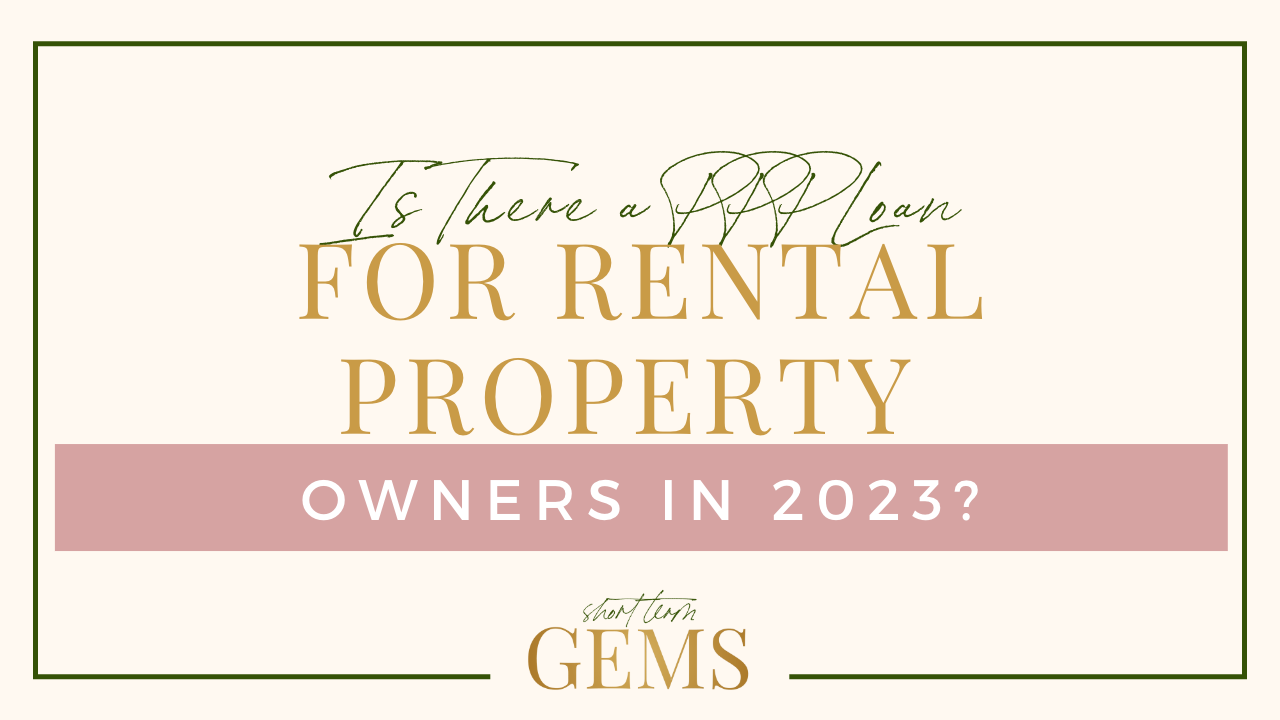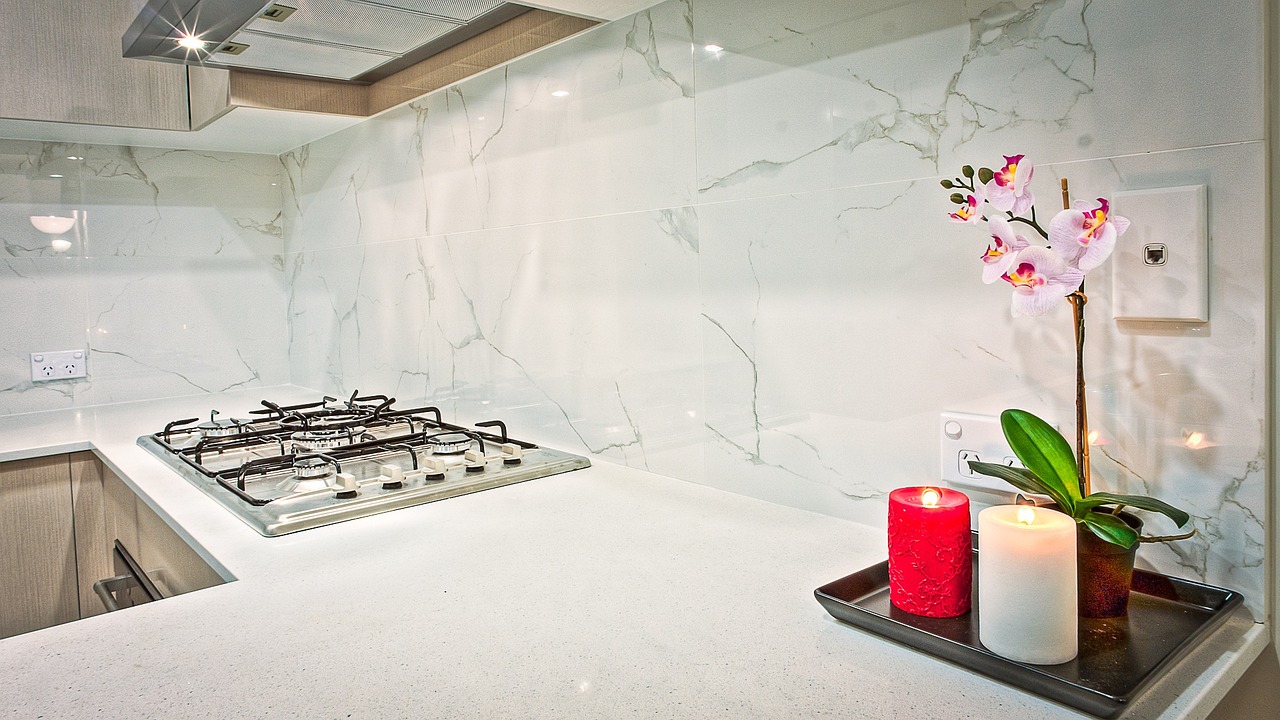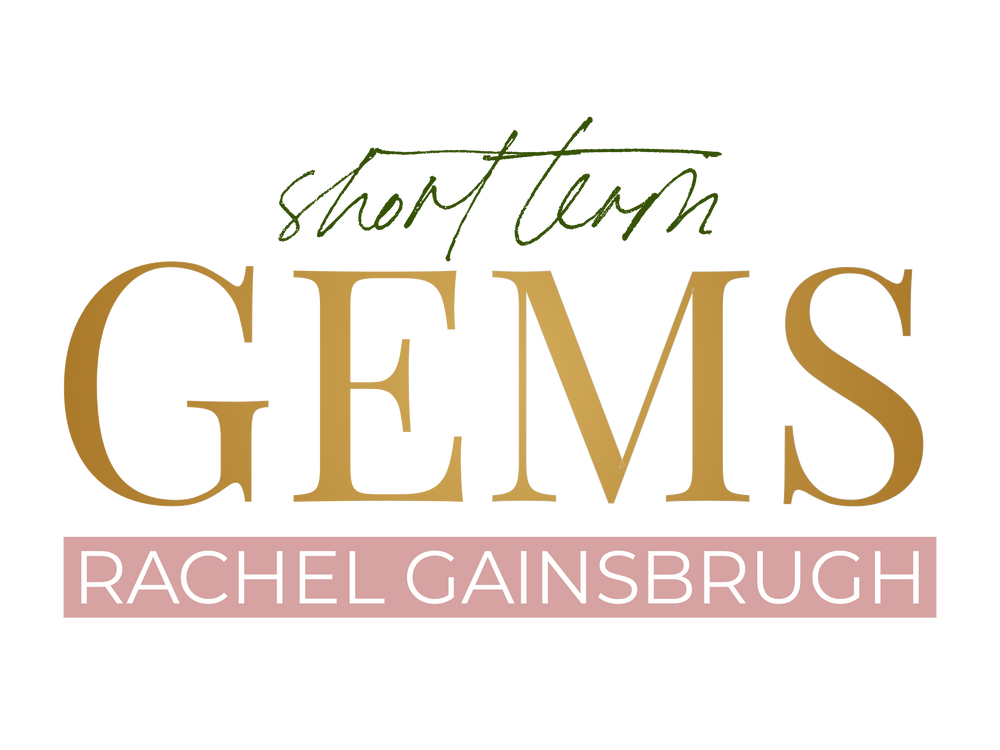Is there a PPP Loan for Rental Property Owners in 2023?

Let’s face it. We all struggled during the COVID-19 pandemic. Property owners and investors especially. As tenants tried to just put food on the table and keep up with bills, investors like you waited for rent checks that never came (how fun).
Fortunately, the Paycheck Protection Program (PPP) loans offered a lifeline to many small businesses and property owners having a tough go.
While this government PPP program won’t be coming back anytime soon, many small business owners, landlords, and property investors just like you are eligible for loan forgiveness. If you're a property investor, real estate business owner, or successful luxury rental investor, you might be in luck.
Let’s revisit how the PPP loan program worked and how loan forgiveness might apply to you today!
Here are your FIVE most pressing questions answered.
1) So What Exactly is the Paycheck Protection Program?
Using 2019 and 2020 tax data, the PPP loan program paid small business owners as much as 2.5 times the value of monthly payroll costs. These forgivable low-interest loans covered between eight and 24 weeks' worth of payroll expenses. While missed rent did not qualify as payroll expenses, property owners still qualified if they had hired employees (themselves included), a property manager, or others to manage tenants and maintain rental properties. If you were a real estate investor, these loans could be highly useful!
2) Are Property Investors Like Me Able to Receive PPP Loans?
If you met the application criteria, you were eligible for a PPP loan for rental property owners. Talk about a weight off the shoulders…
Applicants could go right to the Small Business Administration (SBA) or an approved private lender. The SBA used a general application form whereas a private PPP lender used similar forms tailored to their services.
Given the proper forms and information provided, short-term rental investors, businesses, or entities may have qualified for financial support through the CARES Act as well as other programs. These loans helped to cover payroll costs in addition to other costs, like retirement benefits.

If you want to learn how to tap into lifestyle property investment, or you have a foot in the door but want to maximize the financial opportunities available to you, Rachel Gainsbrugh from Short Term Gems is here to help guide you through.
Rachel supports busy professionals to build new income streams and discover their financial freedom with luxury short term rentals, and she can show you how to make the most of these opportunities too. Contact her today to get started.
3) So, I Was Eligible for PPP Funds Through the Small Business Administration and Private Lenders?
According to the Small Business Administration, a few conditions impacted whether you could get relief. These included the type of information reported, the forms provided, and the legal tax status of the individual, business, or entity applying.
Authorized through the CARES Act, the Small Business Administration recognized the following eligible recipients of these loans:
- Non-profit Organizations
- Independent Contractors
- Partnerships
- Self-Employed Laborers
- S Corporations, and
- Sole Proprietors
Other applicants weren’t eligible for a number of reasons, including employee statuses and financial circumstances. For instance, bankrupt individuals and businesses did not qualify, nor did businesses that hired household employees.
If you were a landlord whose tenants struggled to pay rent, you may have been fortunate enough to qualify. If you did and now want to take advantage of loan forgiveness, there are a few criteria to know about.
4) How Does the Small Business Administration (SBA) Handle My PPP Forgiveness?
First and foremost, the SBA looks at the type of loan that the borrower took out. In some cases, borrowers took first-draw and second-draw loans. Depending on the loans you took, your eligibility for full forgiveness changes.
So it’s important to understand how your loan status and use affects your forgiveness application.
Did I Get a First-Draw PPP Loan?
The "first draw" loans were the first set of loans issued. Those who received these loans had to be active in business before February 15, 2020, or seasonally operated between February 15, 2019, and February 15, 2020. These qualifying businesses also needed to have under 500 employees to be eligible.
A first-draw PPP loan for rental property paid out as much as 2.5 times an owner's monthly payroll amount. However, regardless of the payroll amount, the total loan value could not be more than $10 million.
How About a Second-Draw PPP Loan?
Some small businesses could receive a second round of loans. These loans had tougher requirements and did not pay out as much. If their initial funding ran out, businesses eligible for these loans had to demonstrate significant revenue loss and a workforce under 300 employees.

Unlike the first-round loans, second-draw loans could not pay out any more than $2 million. Some businesses such as those in food service could get loans as high as 3.5x the monthly payroll, so long as the loans did not pay over $2 million.
When Should I Apply for Forgiveness of Loans?
Once all your loan proceeds are used, you can apply. You can apply at any time until the maturity date of your loan. The loan maturity rate is typically two years, at one percent interest, with SBA- approved loans that were issued after June 5th having a five-year maturity rate.
Under the CARES Act, you have 10 months from the final coverage date to apply for forgiveness. Unless you do this, the deferral and repayment requirements might be ended.
How Do I Apply for PPP Loan Forgiveness through the SBA?
So, what can you do about it?
There are four main steps to follow when you apply through the SBA for the forgiveness of your loan(s). Firstly, you have to find out whether your lender uses the SBA online portal. If they do not, you need to apply directly through your lender. Forms such as Form 3508, Form 3508EZ, or Form 3508S may be useful here.
Secondly, you need to put your forms together. The SBA will often ask for additional business paperwork to endorse the standard forms. For example, you will need to give evidence of all payroll periods overlapping with the Covered Period.
These payroll forms and documents include tax documents, bank statements, account statements, receipts, and wage filing, to name a few.
For the following non-payroll expenses incurred during the Covered Period, you can provide other forms, like:
- Mortgage Interest Payments
Account statements of lenders, receipts for mortgage payments, and amortization schedules are all acceptable. - Utility Expenses
Invoices, account statements, receipts, and canceled checks are all acceptable. - Payments for Rent or Lease
Current lease agreements, canceled checks, and receipts are all acceptable. - Operational Expenditures
Invoices, receipts, canceled checks, account statements, and purchase orders are all acceptable. - Property Damages Covered
Invoices, receipts, canceled checks, account statements, and purchase orders are all acceptable. - Supplier Costs
Contracts, purchase orders, canceled checks, account statements, invoices, and receipts are all acceptable. - Worker Protection Expenditures
Invoices, purchase orders, canceled checks, receipts, and account statements are all acceptable.
In all cases, copies of these statements will be enough. To get your application processed smoothly, ensure they apply to the relevant business period before submitting the forgiveness form and additional documents. If your lender is not participating through the SBA online portal, you can contact them about any extra documents you need to submit.
Finally, follow the progress of your application, and remember, it is possible to appeal all loan review decisions. You can follow up with your lender or the SBA about any issues, questions, or concerns you may have. You should be notified of the first date you are to be repaid if you are approved for forgiveness.
If, as a real estate owner, you were unable to get a PPP loan for rental property, there are other rental assistance programs available to help you through tough times.
5) Can I Use State and Federal Economic/Rental Relief Programs?
Although there is no PPP loan for rental property owners in 2023, there are various programs that help with rental relief, economic injury, and any disruptions to cash flow. The Economic Injury Disaster Loan (EIDL) program gives out a low-interest, recession-period EIDL loan.

If you’re a landlord, you can receive up to $2 million in loans from the Economic Injury Disaster Loan (EIDL) program.
Although it’s now concluded, the Economic Injury Disaster Loan (EIDL) Advance program provided up to $10,000 in grants for qualifying small business owners and entrepreneurs. The current EIDL target advance program continues to help similar applicants.
There is also the Federal Rent Relief program, which is the newest of the federal rental relief programs. This rental assistance program targets landlords and tenants who have trouble paying rent, and state governments can grant these funds directly.
Key Takeaways
If you're a rental owner, you owe it to yourself to use loan forgiveness and all financial opportunities available. Especially if you were hit hard by the global pandemic!
If you’re in the short-term rental industry, you can take leaps and strides forward by learning from the best. Dr. Rachel Gainsbrugh has become a household name in luxury short-term rentals, helping successful professionals leverage their wealth to build attractive new income streams. Jumpstart your financial future, and discover the opportunities available for you in short-term rentals!
Are You Ready To Dive In?
Dare to discover the life that awaits beyond the Luxury Short Term Rental Academy doors.
Let's Get Started